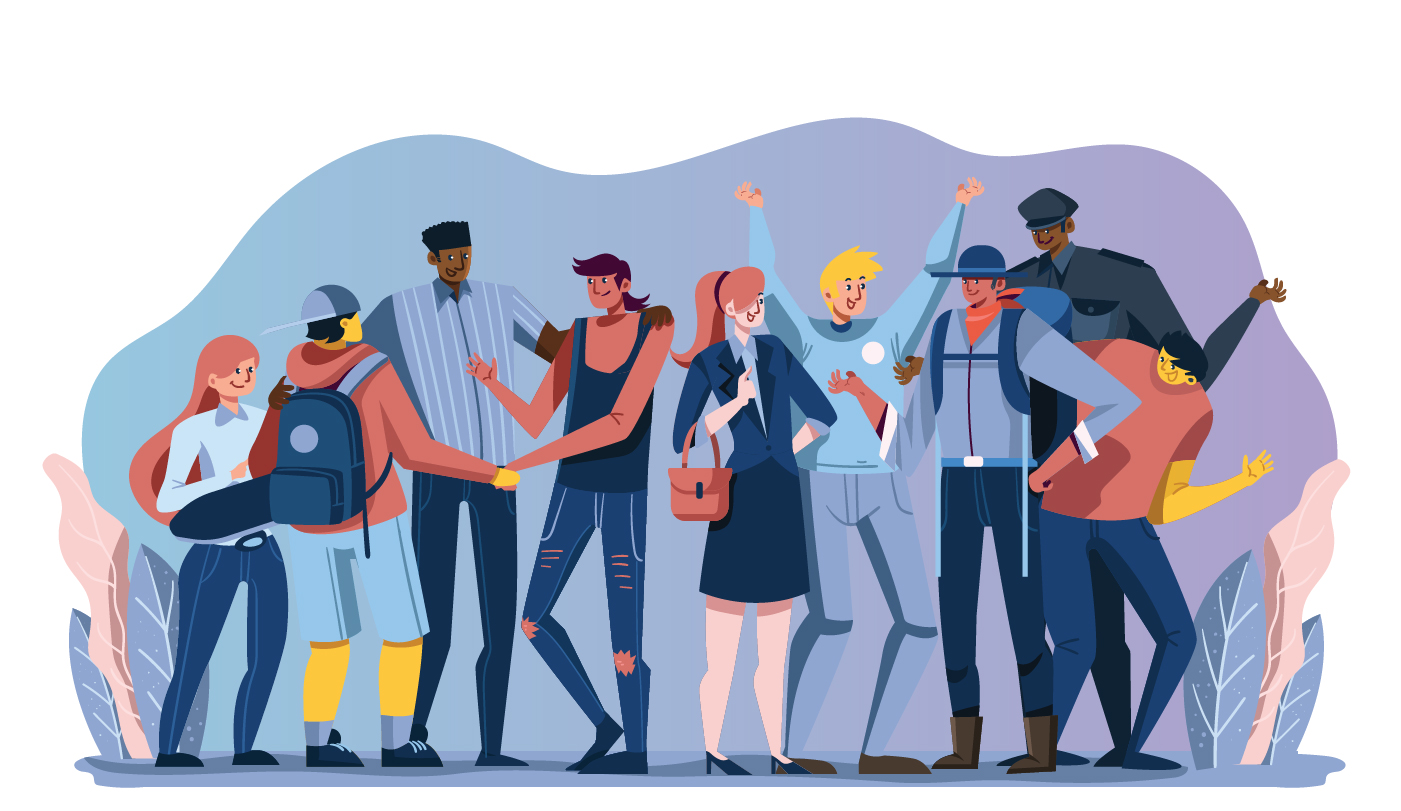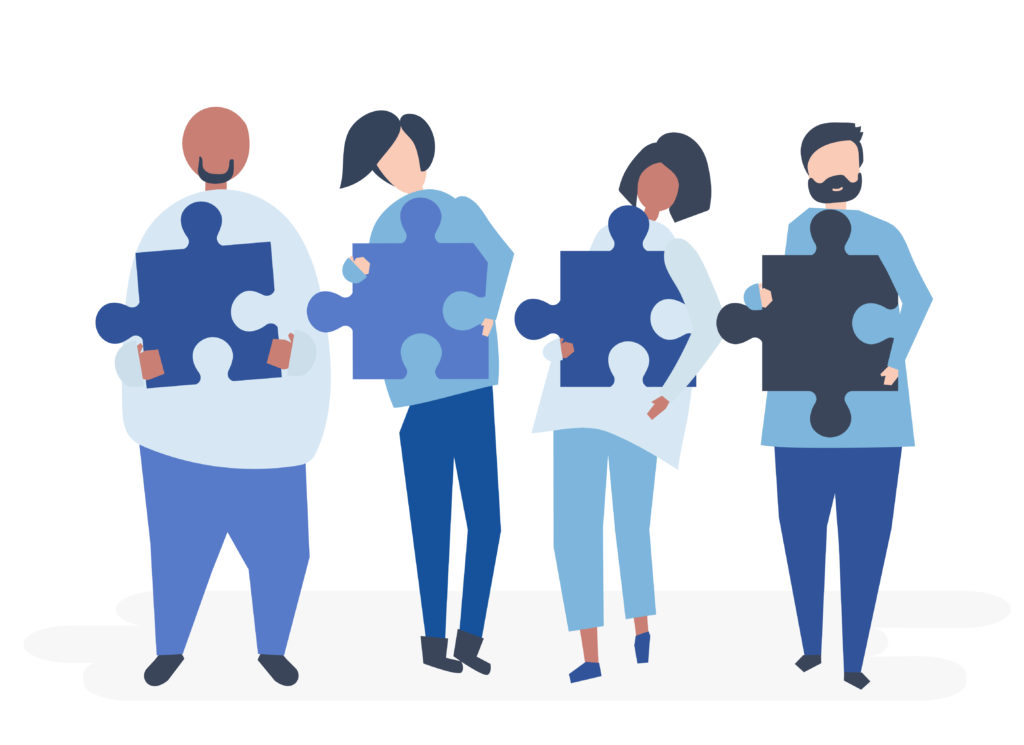
Diversity enriches teams, organisations, and society. This much we know, from our own experiences, or through the research that has consistently demonstrated the enormous potential diversity has to benefit organisations in a myriad of ways. (Check out one of our previous blogs where we explored the value of diversity in different settings: for example, how diversity affects productivity in the workplace.)
But in the years I have worked in the diversity and inclusion space, I have noticed that organizations dedicate the majority of their diversity and inclusion resources on the development of strategic plans, the formulation of employee networks, and of course, the diligent celebration of key dates such as religious or cultural festivals, days of historical significance and, increasingly, international days of observation established by the U.N. All of these are critical and much-needed parts of the diversity and inclusion apparatus, which is a key part of a good workforce management ecosystem (speaking of calendars, this one from ANU is an oldie but a goodie, I like how it explains each event in the calendar and the variety of occasions highlighted). Human Resources teams, often led by the efforts of one or more diversity champions, do wonderful work in drafting these plans, consulting with their colleagues and aligning their work with best practice to deliver on all of the above to ensure at the organizational level, diversity and inclusion are being done right.
However, translating the diversity and inclusion apparatus into tangible impact and benefit for staff, is not automatic. The question remains – what about diversity and inclusion at the people level?
I am regularly asked by managers about how to translate these bigger diversity initiatives into concrete measures that impact the day to day working of the teams they manage. Sure, managers tell me, we get diversity is important, and my company does a lot of diversity and inclusion work. But what is going to have the biggest impact for my team is how we as a team can relate to each other better every day.

“At the end of the day, diversity is about people. Policies, events, and organisational wide initiatives are critical but they are not the whole story. If diversity is going to work, individuals working in diverse teams need to have the confidence, trust, and communication techniques, to build rapport, exchange ideas, and work together.”
But many organisations no longer have the budget or prioritise the kind of face to face training that used to be commonplace 5 or 10 years ago, that was aimed at helping staff develop these skills – think along the lines of “cultural competency” training. Even interest in unconscious bias training, which was in hot demand over the 2017/8 period, is diminishing.
It is not that these skills are no longer needed, but more a question of resourcing and prioritisation. More organizations are instead asking us to help them develop in-house digital training materials that can be embedded into a learning management system, the idea (or should I say pipe dream!) being that staff can access these materials on demand, and spend anywhere from 5 minutes to an hour, learning about diversity, inclusion, and unconscious bias in their own time, from the comfort of their own desks.
So organisations still recognise that their staff need skills in relating to each other in diverse settings, but no longer fund the delivery of face to face training. The current solution – asking individuals to watch some videos, reflect on some questions and then hope for the best – is not a suitable alternative. Whilst I understand this is better than nothing, these resources risk remaining nothing more than virtue signalling exercises that demonstrate a commitment to diversity, without the actual investment needed to equip employees and management with the skills they need to foster inclusive environments in which diversity can thrive.
Why is this approach to diversity and inclusion insufficient? Because diversity is about groups, not just individuals. In any team setting, issues or conflict amongst individuals is likely interpersonal in nature, which require interpersonal understanding to solve. Diverse teams might face challenges because some staff are unaware of the cultural norms of their teammates from different countries, but what are the chances that the office e-learning diversity video is going to solve this issue?
Further, diverse teams typically don’t face interpersonal issues simply because the group’s overall cultural diversity score is closer to 90 than to 5 (90 representing high levels of diversity – this video here explains our Diversity Atlas methodology). Although diversity often gets blamed as the source of discontent in teams, what is often happening is that there are clashes in work styles, communication styles, work values, and personality differences – and these differences happen even in teams with diversity scores closer to 0 (where all members of the team were born in the same country, identify with the same ethnicity, speak the same language and share the same worldview). Some of these issues may be related to cultural diversity, while others just occur in any team. So diversity training videos are often general primers, but they cannot be expected to prevent or solve the problems between team members.
“What teams need is the space and time to a) build relationships, b) mutual goodwill, and c) a toolbox of skills that helps them navigate the complexities of working with a diverse group of colleagues. But none of these can happen if the only training is online.”

So, how to move ahead? If you take one lesson from this post, let it be this: please don’t give up on the need for face to face training. It isn’t “old school” or “management 1.0”. Above all, training brings people together and creates bonds amongst team members. One suggestion to consider is framing the case for “diversity training” in terms of team building and communication training. To thrive in diverse settings people need to feel safe and valued by their organisation and their peers. They need to have the skills to navigate tricky and challenging social situations. These themes are not unique to diversity training or team building but are in fact just some of the general best-practice approaches to building cohesive, productive and happy teams. Sure it can be useful to incorporate the buzz words of the time to make the case for training, but bringing it back to the team is often a solid way to get buy-in, without alienating the decision-makers who think ‘diversity training’ is too niche and might not apply to everyone (which itself indicates a need for better understanding as to what diversity even is in the first place!).
Good team-building training in today’s work environment has to incorporate an understanding of diversity that shapes the training fundamentally. So, training might cover communication exercises, unconscious bias training, but also include exercises on critical skills such as interpersonal understanding and rapport building.
This last point is vital: in diverse teams, it is vital that time and resources are dedicated develop relational understanding amongst team members. This is important because workplaces and hence teams are typically geared towards task orientation, but ignore the relational at their own peril.
Taking the time and effort to build relationships amongst team members, in turn, helps share cultural and lived experiences, which are ten times more valuable than a diversity video. Sharing personal stories helps to boost morale, foster inclusion, and improve productivity. Building relationships is, therefore, a key to building an inclusive culture. The task orientation approach is very common in Australia, but where we now have workplaces that include people from four generations instead of two, where one in two people are either born overseas or have a family member who was, the prevalence of cultural and intergenerational diversity means that we have to question our default assumption as to “the way we work around here.”
In the year 2020, we have to make sure that we are creating team dynamics that put people first. What Millennials and Gen Z want from their workplace is not the same as Gen X or Boomers, let alone the cultural differences that also shape people’s expectations and experiences.
In order to build cohesive and diverse teams that will be able to do their best work, we need to invest in our people. We need to empower them to form the relationships and skills to navigate changing environments and social norms and to equip managers to facilitate the dynamics and conversations that lead to successful teams. So don’t give up on face to face training: it is the key to making diversity work at work, and for teams, in all their diversity, to thrive.
Share this Post